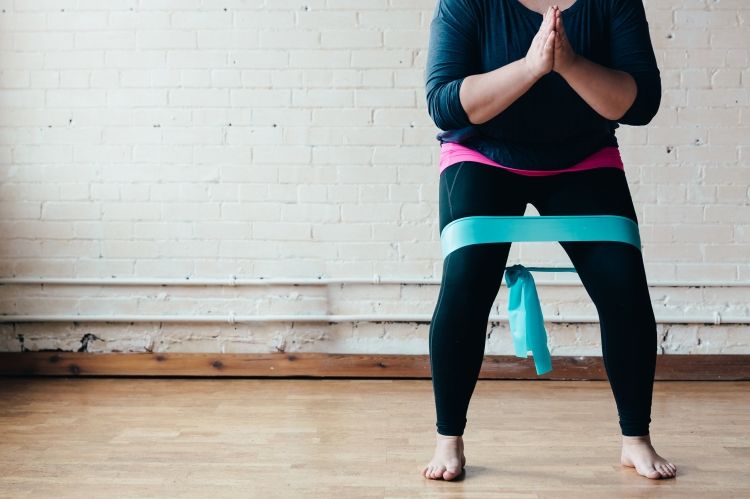Joint injuries from overuse are becoming more common as people begin to live healthier lives through exercise. Of these injuries, the most commonly affected joint is the knee. According to the American Academy of Orthopaedic Surgeons, 42% of overuse injuries affect this joint. The most common diagnosis is Runner’s or Jumper’s Knee, or Patellofemoral Pain Syndrome (PFPS), which has many different causes. PFPS is a frustrating diagnosis for some because it doesn’t necessarily have a specific cause or cannot be pinpointed to a specific action. Ultimately, PFPS is preventable, manageable, and reversible with the right training program and a little extra attention to recovery.
Symptoms for PFPS can range from tenderness around or behind the kneecap (frequently this is felt towards the center of the knee), general or overall weakness of the knee to the point that it may feel as if it may give out, or even the addition of pain in the back of your knee.
While identifying a specific cause for your generalized knee pain, there are multiple approaches we can take. I prefer to start with a biomechanical assessment to determine if the cause is skeletal, postural or muscular. After determining whether it is malalignment of the patella/kneecap (possibly causing it to rub against the femoral groove), postural deviation, or caused by overly strong or weak muscles, the most important thing I tell clients is to give me feedback. Understanding what movements aggravate the knee during exercise and how the knee feels after your workout can help us personalize your training program properly.
I would say that the majority of my clients who experience generalized knee pain tend to come to me with a combination of possible causes. For example, I have clients who sit all day for work and have generally weak quads but even weaker hamstrings, but tend to run for their exercise and have developed tight calves because of this. Combining these together can be a cocktail for knee pain. For one, having either weak or dominant quads can cause issues of its own, such as alter the way the patella tracks, can cause the pelvis to rotate forward and can cause the body to utilize the hamstrings less. Having underutilized hamstrings and tight calves can cause more tension to be placed on the joint overall. And then there is the impact of running especially when the terrain you are running on can change, think trails, stairs, and uneven ground that can further aggravate the knee.
By having a solid understanding of how you interact with your environment, and how you move we can start developing a specific game plan designed to properly support our joint, reduce stress to the joint and correctly strengthen the muscles around your knee proportionately. I help my clients strengthen and stretch specific muscles that will reduce the overall stress of the tendons that attach to the patella, and show them how to properly reduce impact on the knee throughout their day and modify movements so they can remove load from the joint.
For those of my clients who do like to run and lift, I also recommend getting two separate types of shoes, one for each specific type of exercise. If you have questions, visit your local running shop and have a qualified expert fit you for a shoe. They will cover several things such as they type of running you do, the distance you typically cover and your frequency. If you’re more concerned with getting a good lift in, try to find a shoe with a flat bottom that provides proper arch support. These shoes typically have less padding underneath the heel that can cause over-activation of the calves, thus allowing you to fire your muscles properly during your movements like squats and deadlifts.
Also, make sure you are completing the proper corrective stretching/foam rolling exercise routine daily. If you have any questions on what you should do, or if you experience knee pain while running, lifting, or just throughout the day, feel free to reach out to me.

